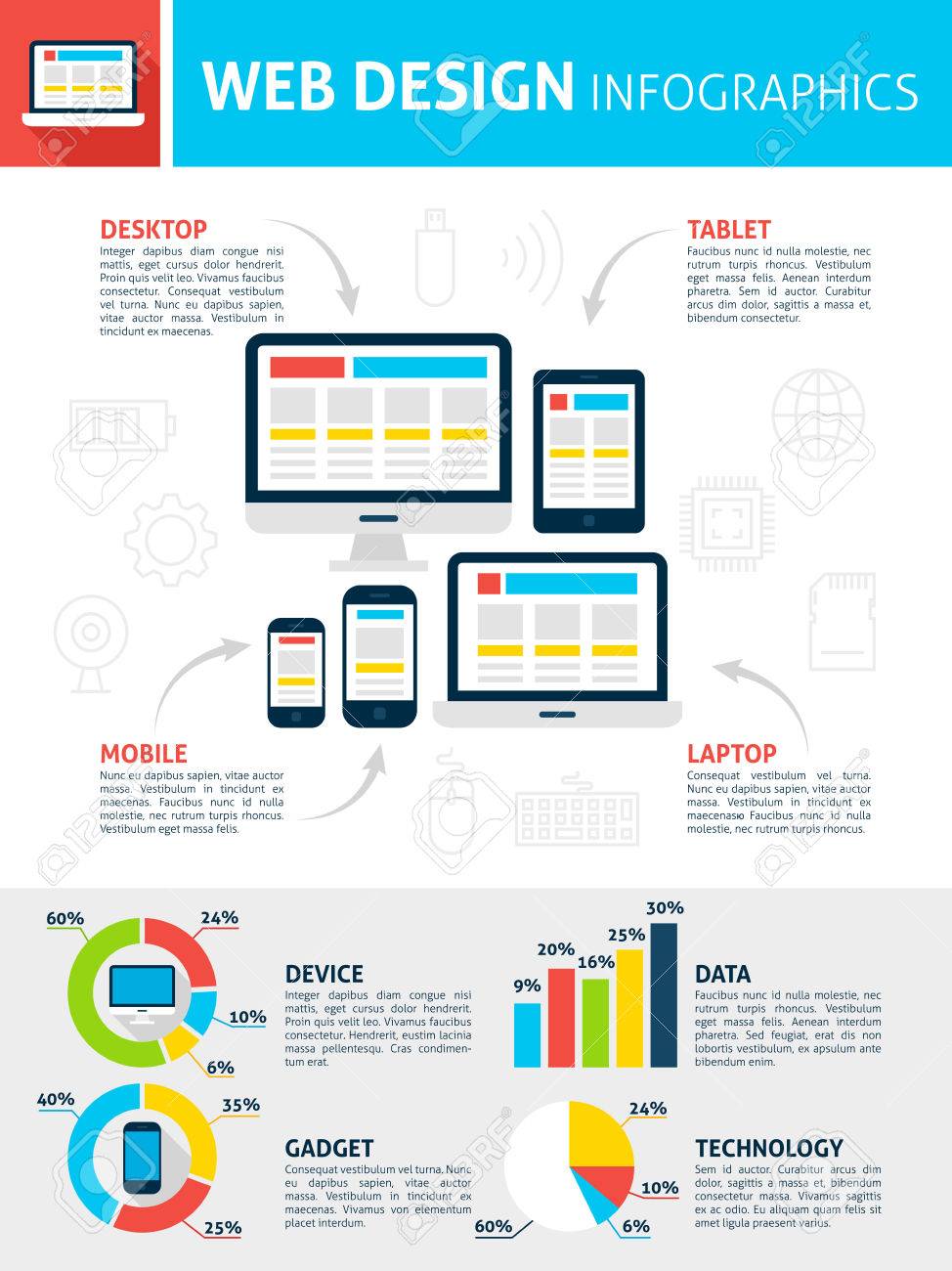The Evolution Of Website Design: From Past To Present
The Evolution Of Website Design: From Past To Present
Blog Article
Article Developed By-Booker Bojesen
In the past, internet sites were basic and concentrated on information. Navigation was straight, and style was for desktop computers. Currently, individual experience is essential. Information overviews layouts for very easy navigating. Responsive layouts suit different devices. Today, dark mode reduces stress, and minimal food selections enhance navigation. Interactive functions involve individuals, and bold visuals stand apart. AI integration improves interaction. See how design has evolved to boost your online trip.
Very Early Days of Web Design
In the early days of website design, simpleness reigned supreme. Internet sites were standard, with minimal colors, font styles, and layouts. The focus was on supplying information rather than showy visuals. Customers accessed the net via sluggish dial-up connections, so speed and performance were vital.
Navigating construction web design were straightforward, usually situated at the top or side of the web page. Websites were made for computer, as mobile browsing had not been yet common. Content was king, and designers prioritized simple readability over complicated style aspects.
HTML was the main coding language utilized, and designers had to function within its restrictions. Animations and interactive functions were minimal contrasted to today's requirements. Internet sites were fixed, with little dynamic material or personalized individual experiences.
Surge of User-Focused Design
With the advancement of website layout, a change in the direction of user-focused design concepts has ended up being progressively famous. Today, developing websites that focus on user experience is vital for engaging visitors and accomplishing organization goals. User-focused style involves understanding the needs, choices, and behaviors of your target market to customize the site's design, content, and features as necessary.
Developers currently conduct complete research, such as user studies and functionality screening, to collect insights and responses straight from customers. This data-driven method aids in developing user-friendly navigating, clear calls-to-action, and aesthetically enticing interfaces that resonate with visitors. By placing the customer at the center of the layout process, web sites can deliver a much more customized and enjoyable experience.
https://affiliate-marketing-vs-se65319.howeweb.com/27518300/boost-your-website-s-user-friendliness-by-integrating-succinct-tags-and-user-friendly-functions-that-will-certainly-captivate-individuals-and-motivate-them-to-browse-through-your-website-learn-more-about-it-down-below has actually also become a crucial facet of user-focused style, making sure that internet sites are maximized for various tools and display sizes. This adaptability enhances access and use, catering to the varied methods customers engage with websites today. Basically, the rise of user-focused design indicates a shift towards producing digital experiences that prioritize the needs and expectations of completion user.
Modern Trends in Website Design
Check out the latest patterns forming web design today. One noticeable pattern is dark mode design, providing a sleek and contemporary look while lowering eye strain in low-light settings. Another vital fad is minimalist navigating, simplifying menus and improving user experience by focusing on essential elements. Integrating micro-interactions, such as animated buttons or scrolling results, can produce a more engaging and interactive website. Receptive style continues to be important, ensuring seamless individual experiences throughout various devices. Additionally, utilizing vibrant typography and unbalanced designs can add visual interest and accentuate specific material.
Integrating AI technology, like chatbots for client support or personalized suggestions, improves individual interaction and improves processes. Ease of access has also become a substantial pattern, with designers prioritizing inclusive style techniques to satisfy varied customer requirements. Welcoming sustainability by maximizing website efficiency for rate and efficiency is another emerging trend in website design. Teaming up with individual feedback and data analytics to repeat and improve style continuously is vital for remaining pertinent in the ever-evolving digital landscape. By accepting these contemporary trends, you can produce a visually enticing, user-friendly website that resonates with your audience.
https://obj.ca/article/local/importance-digital-marketing-law-firms
As you review the development of site style from the very early days to now, you can see how user-focused design has ended up being the driving pressure behind modern-day patterns.
Welcome the trip of modification and adaptation in web design, constantly keeping the user experience at the center.
Remain current with the latest trends and technologies, and never quit developing your method to produce visually stunning and easy to use internet sites.
Progress, adapt, and create - the future of web design is in your hands.
